Secondary 3 students create ‘green’ solutions in innovation challenge
SINGAPORE — A system that harvests solar energy so you can dry your clothes at night, a method to help cyclists keep food warm while they are on the move, a filtration system to clean dirty water and potato starch files.
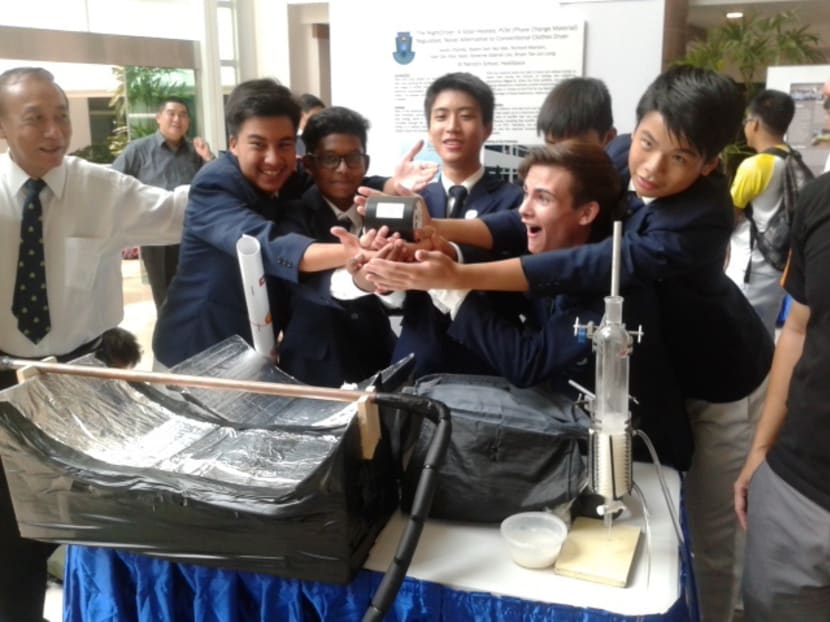
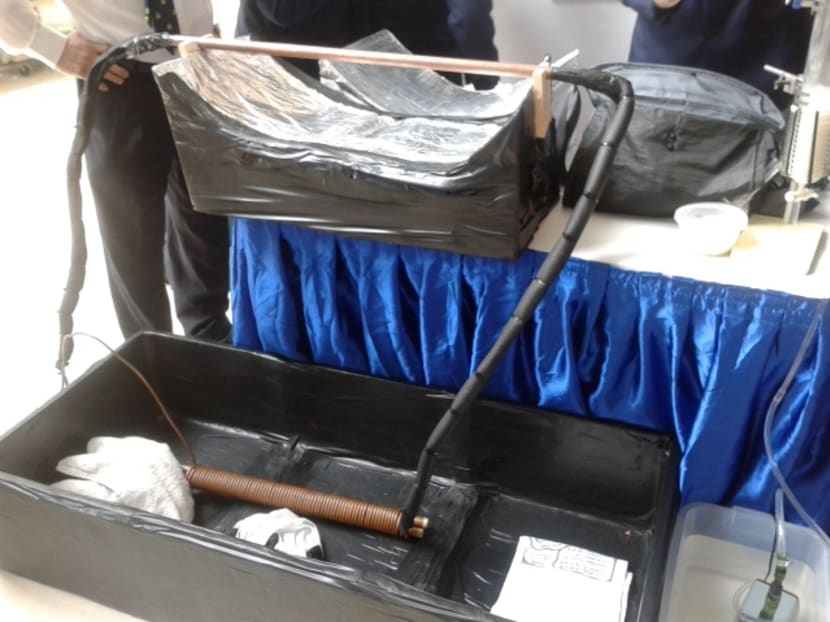
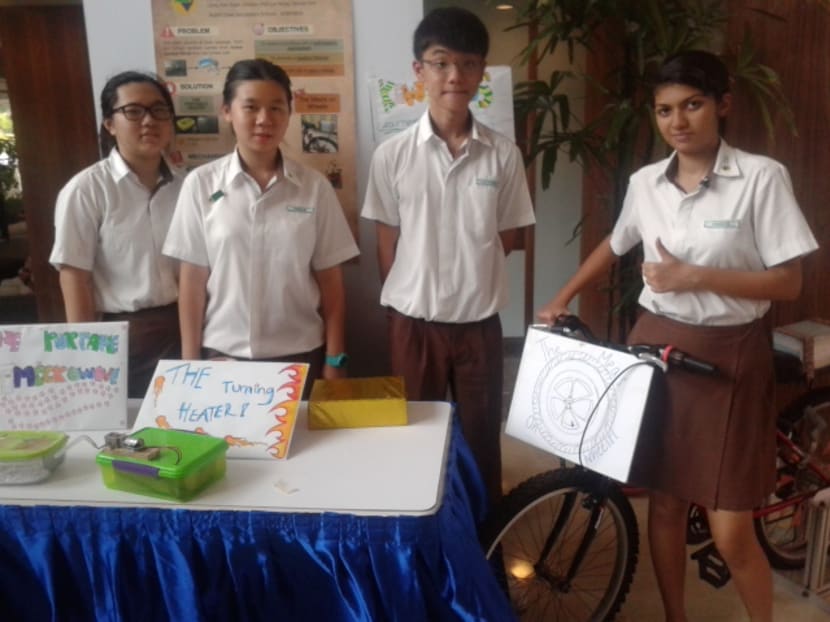
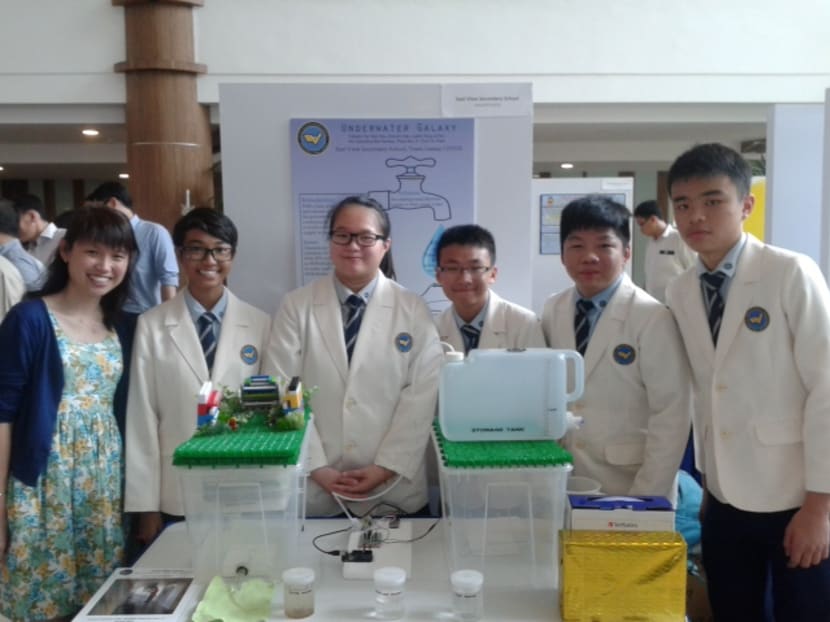
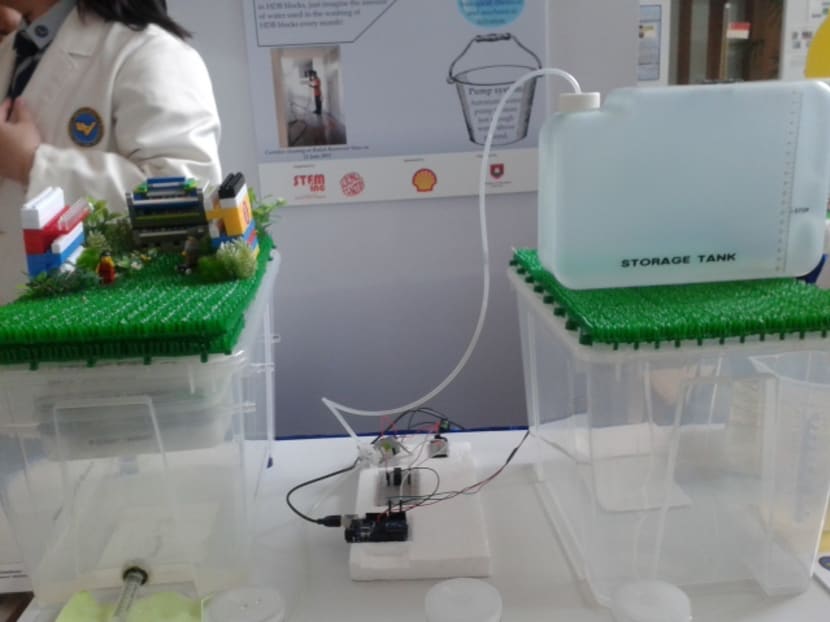
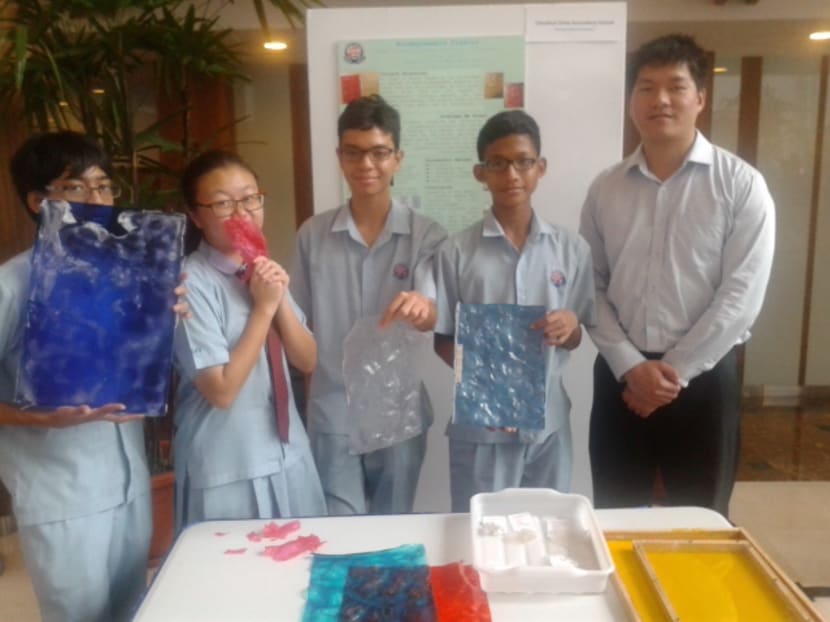
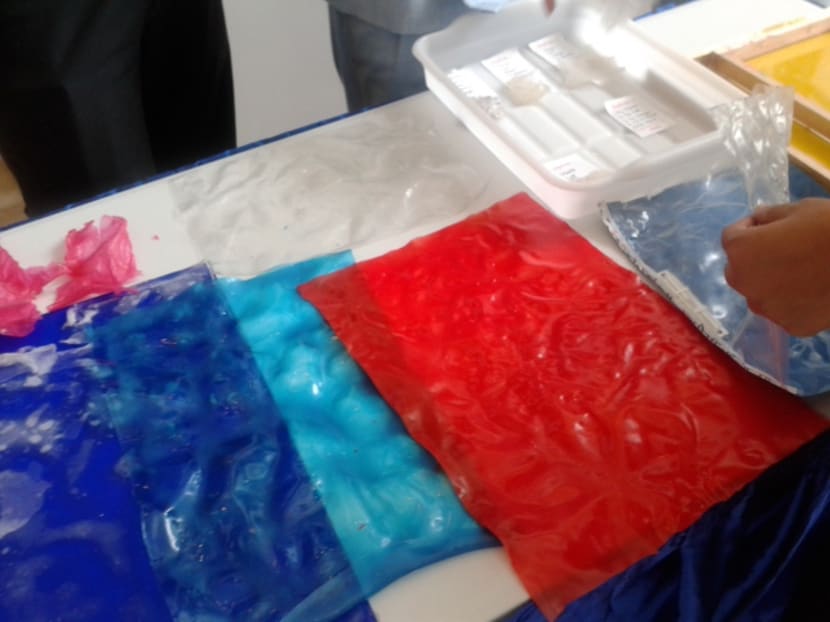
SINGAPORE — A system that harvests solar energy so you can dry your clothes at night, a method to help cyclists keep food warm while they are on the move, a filtration system to clean dirty water and potato starch files.
These four prototypes created by Secondary Three students were yesterday (July 13) announced as the winners of the Shell STEM Youth Innovation Challenge 2015.
The competition, which spanned seven months, challenged students to use science and technology to solve real-world problems in their daily lives. The students, mentored by engineers and educators with Science backgrounds, had to create solutions that revolve around environmental sustainability issues concerning water, food, energy and eco-friendly materials.
Four teams from among 16 finalists were chosen from each of the four categories based on the impact their project would have on society and how effective it would be.
Initially started in 2013 as a four-day camp for Secondary 3 Normal Technical stream students, this year’s competition involved 253 students from all streams and from 31 schools that offer the Science, Technology, Engineering and Mathematics Applied Learning Programme (STEM ALP).
A LOOK AT THE WINNERS:
THE NIGHTDRYER (Competition theme: Energy)
Students from St Patrick’s School devised a solution for those who struggle to dry their wet clothes on a humid night. Their project, called NightDryer, harvests solar energy. During the day, water stored in the students’ prototype heats up upon contact with direct sunlight. The heated water then circulates through pumps connected to the radiator, transferring harvested solar energy, to be stored for use at night. The students’ prototype can dry about three items of wet clothing within a few hours.
Recounting a particularly harrowing moment, when part of their project broke during the preliminary rounds, 15-year-old student Bryan Tan said: “We looked around trying to find out how to fix it and then we found this duct tape... we managed to fix it and got into the finals.”
The students said the experience in the competition was “amazing” and they would take part in the challenge again. “But we need more duct tape,” they joked.
REUSING DIRTY CLEANING WATER (Competition theme: Water)
After observing cleaners spraying water to clean HDB flats, students from East View Secondary School designed an underground system that would filter the dirty cleaning water that goes down the drain so that the water could be reused for, say, washing cars and watering plants.
Their device consists of three layers: The first layer is ceramic bio-rings to house billions of bacteria that remove ammonia and nitrite, while the second layer uses activated carbon to remove colour, odour, toxic and heavy metals. The third layer contains filter wools to remove the finest dirt particles. The filtered water can then be collected and stored for use later on.
To save on costs, the students worked with storage tanks from Ikea, filtration medias found in aquarium shops and designed their prototype using cheap materials from Daiso and used Lego pieces.
MEALS ON WHEELS (Competition theme: Food)
Taking inspiration from how food at a buffet is kept warm by tea light candles, students from Bukit View Secondary School came up with an idea to keep home-packed food warm atop the back wheel of a bicycle.
The students connected a wire from the bicycle’s dynamo to a tiny lightbulb fixed in a lunch box. When the bicycle is paddled, electricity is passed through the wire, to the lightbulb. Light energy is converted to heat energy, keeping food in the lunch box warm. An insulator is also fixed in the lunchbox to trap heat.
Said 15-year-old student Evangeline Bernice Meshach, a member of the team: “One of the future improvements that can be made is that we can add an arduino sensor so that when the food is warm enough, the sensor will make some sort of sound (to alert the user).”
CREATING FILES FROM POTATO STARCH (Competition theme: Eco-friendly materials)
Add two tablespoons of salt, vinegar and glycerol each to 54g of potato starch and mix with 600ml of water. Mould the resulting sticky gel-like substance into a rectangular shape, and get a biodegradable plastic file that could possibly, one day, be an alternative to the common plastic file.
The team from Chestnut Drive Secondary School said they were inspired after watching documentaries on food wastage and on houses that were made from plastic.
The team experienced various difficulties, and could not achieve a completely even surface due to the substance “wrinkling” during the drying process. Still, after three weeks of trial and error, the team produced a usable school file by drying the substances in an air-conditioned room.
15-year-old Ahmed Zahid Mohamed said that they will “continue to improve their project … making it flatter (so that it will) look nicer”.






